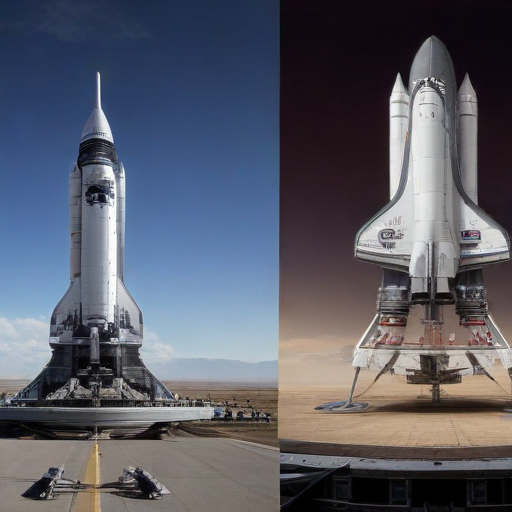The crew of the Boeing CST-100 Starliner is receiving encouraging news regarding their impending return home. After months of being positioned in space since early June, successful testing of the spacecraft’s thrusters has recently wrapped up. Both Boeing and NASA were awaiting the completion of these tests before strategizing for the Starliner’s journey back to Earth.
Last week, an update confirmed that ground tests on the Starliner’s Reaction Control System thrusters at the White Sands Test Facility in New Mexico had concluded, with teams now focusing on data analysis. The main objective of this testing was to assess thruster performance degradation, to better understand why some thrusters were inoperable during the flight, and to evaluate if reintegrating those thrusters could affect the spacecraft’s overall performance upon return.
The term “de-selected” indicates that some thrusters ceased functioning. This issue stemmed from leaking helium tanks that control the thrusters, causing delays before and during the launch. Interestingly, the Starliner has a substantial supply of helium onboard—70 hours’ worth—despite only requiring seven hours for its operations. While officials mentioned that the craft could technically return at any time, they indicated that further preparations were necessary before it would be ready for the journey.
NASA and Boeing previously suggested a return could happen at the end of this month. However, the timeline has become less specific. The next steps include thruster disassembly and inspections, along with final preparations for a review to ensure the Starliner, with commander Butch Wilmore and pilot Suni Williams aboard, is fully ready for its upcoming return to Earth in the weeks ahead.
This progress highlights the resilience and dedication of the teams involved. As they address these challenges, there is a renewed sense of optimism about the Starliner’s eventual homecoming, with each completed milestone marking a step closer to a successful mission conclusion.
